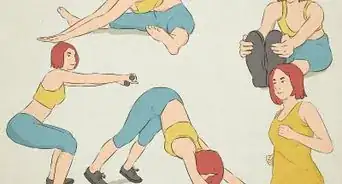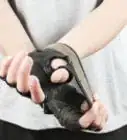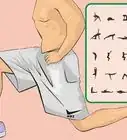This article was co-authored by Katie Dunlop. Katie Dunlop is a Certified Personal Trainer, Sports Nutritionist, and the Founder of Love Sweat Fitness. She specializes in helping others with nutrition, fitness, and lifestyle choices. Katie has also developed LSF Nutrition, a nutrition supplement line, and a mobile workout application, Love Sweat Fitness The App. With her platform and tools, she has helped over one million women and has been featured in publications such as Women’s Health, Shape, and Health.
There are 11 references cited in this article, which can be found at the bottom of the page.
This article has been viewed 29,794 times.
Hyperextensions, also called back extensions, are basically the reverse of a sit-up. It’s a similar motion, but you’re bending backward instead of forward. Normally, you need a special bench to do the exercise correctly, but if you’re like most people, you don’t have this equipment just lying around at home. Don’t worry, you’re not out of luck! You can still use a flat exercise bench or an inflatable exercise ball to do this great workout from the comfort of your own home.
Steps
On a Flat Bench
-
1Lie facedown on a flat exercise bench. A flat exercise bench is usually used for exercises like dumbbell presses, but you can repurpose it for hyperextensions.[1] Lay with your chest on the bench, facing the floor. Hang your arms over either side of the bench to balance yourself.[2]
- Make sure the bench is stable and set up properly so it doesn’t collapse during your workout.
- If you don’t have a flat exercise bench, they’re easy to find at sporting goods stores or online. You can probably get one for under $100.
-
2Slide up the bench until your upper body is off the front edge. Positioning for the hyperextension is a little tricky. Arrange yourself with your upper body off the bench, placing your hips just passed the bench edge. Place your legs straight back, resting on the top of the bench. Keep your back and core tight to stay balanced.[3] [4]
- If you’re tipping off the front of the bench, you’re probably up too far. Try sliding back a little bit.
- If you have trouble staying on the bench, place your feet on either side of the bench and squeeze them to hold yourself steady.[5]
Advertisement -
3
-
4Flex your back to raise your torso up as high as you can. Tighten your lower back to pull yourself up. Imagine that your hips are a hinge that your body is bending up on. Breathe out as you’re lifting yourself and stop when you’ve gone up as far as you’re comfortable with.[10]
- Don’t force yourself to go higher than you’re comfortable with. You could pull a muscle if you push your back too hard.
-
5Lower yourself slowly back to your start position. Release your lower back muscles to lower your torso. Inhale as you’re lowering yourself. Drop yourself towards the floor slowly until you’re back in your original start position to complete one rep.[11]
- Whether your hands are in front of your chest or behind your head, keep them still for the whole motion. If you use them for help, you won’t get as good of a workout.
-
6Repeat this exercise 15-20 times for a set. Continue raising and lowering yourself with a smooth motion, remembering to breathe out as you lift and breathe in as you drop. For a full set, to 15-20 reps.[12]
- Don’t worry if you can only do a few reps at the beginning. You just need to practice and build more strength.
- For a full workout, do 2-3 sets.
With an Exercise Ball
-
1Kneel near a wall with an inflatable exercise ball. You can also repurpose an exercise ball for hyperextensions. Bring the ball near one of your walls so you can lean on it for stability during the exercise. Kneel with your feet towards the wall and the ball in front of you.[13]
- You can also do this with your feet tucked under a table if you want to lie flat.[14]
- Exercise balls are cheap and easy to find online or at sporting goods stores.
- This is a much cheaper option than using a bench, so it’s good if you’re on a budget.
-
2Lay face down on top of the ball. Arrange the ball so it rests just around your hips. Slowly lower yourself down and keep your core tight so you don’t slide off the ball. Keep your feet on the ground to balance and hold yourself steady.[15]
- Generally, the further the ball is from your chest, the harder the exercise will be. If you’re a beginner, setting the ball just under your chest might be a good place to start.
-
3Press your feet against the wall for stability. Plant the soles of your feet firmly so you don’t slide backwards during the workout, and keep your toes touched to the ground.[16] Keep your legs locked so you don’t accidentally push off the wall.
- Generally, the wider your feet are, the easier the exercise is. Start off with them about shoulder-width apart, then bring them closer if you want more of a challenge.[17]
-
4Place your hands behind your head. Lightly rest your hands around your ears. Keep them neutral during the whole exercise so you get a good workout.[18]
- Just rest your hands on your head, don’t press down. You could hurt your neck this way.
-
5Raise your torso up until your spine is straight. Tighten your lower back to lift your upper body. Exhale as you’re lifting.[19] Continue until your hips, back, and neck are all in line.[20]
- Keep your arms and legs neutral for the entire motion. If you use them for help, you won’t get as good of a workout.
-
6Lower your torso back down to complete a rep. Release your back muscles to slowly lower your upper body. Inhale as you’re going back down and maintain a smooth, slow motion. Stop when you reach your starting position to complete a rep.[21]
-
7Repeat this exercise 15-20 times for a set. Continue raising and lowering yourself with a smooth motion, remembering to breathe out as you lift and breathe in as you drop. For a full set, to 15-20 reps.[22]
- Keep your core tight during this workout so you stay balanced on the ball.
- Don’t worry if you can only do a few reps at the beginning. You just need to practice and build more strength.
- For a full workout, do 2-3 sets.
Expert Q&A
-
QuestionHow can I do hyperextensions without a medicine ball?
 Eric MartinezEric Martinez is a Registered Clinical Exercise Physiologist and the Vice President of Infinity Sports Institute in Miami, Florida. With over a decade of experience, Eric specializes in clinical exercise physiology, human optimization, and sports science. He works with professional and Olympic athletes as well as high-risk patients. Eric holds an MS in Exercise Physiology from Barry University and is a Registered Clinical Exercise Physiologists in the State of Florida. Eric holds 15 different certifications in specialties such as strength and conditioning, injury prevention, neuro biomechanics, and Kinesio taping. He trains hundreds of coaches in Nero and Clinical Physiology certifications.
Eric MartinezEric Martinez is a Registered Clinical Exercise Physiologist and the Vice President of Infinity Sports Institute in Miami, Florida. With over a decade of experience, Eric specializes in clinical exercise physiology, human optimization, and sports science. He works with professional and Olympic athletes as well as high-risk patients. Eric holds an MS in Exercise Physiology from Barry University and is a Registered Clinical Exercise Physiologists in the State of Florida. Eric holds 15 different certifications in specialties such as strength and conditioning, injury prevention, neuro biomechanics, and Kinesio taping. He trains hundreds of coaches in Nero and Clinical Physiology certifications.
Clinical Performance Specialist & Registered Clinical Exercise Physiologist Clinical Performance Specialist & Registered Clinical Exercise PhysiologistExpert AnswerUse a chair! There are specialty chairs out there that will help with this, but you can also just use a stable and sturdy chair if you can fit your waist on it.
Clinical Performance Specialist & Registered Clinical Exercise PhysiologistExpert AnswerUse a chair! There are specialty chairs out there that will help with this, but you can also just use a stable and sturdy chair if you can fit your waist on it. -
QuestionIs it better to use a stability ball, or a bench for this?
 Eric MartinezEric Martinez is a Registered Clinical Exercise Physiologist and the Vice President of Infinity Sports Institute in Miami, Florida. With over a decade of experience, Eric specializes in clinical exercise physiology, human optimization, and sports science. He works with professional and Olympic athletes as well as high-risk patients. Eric holds an MS in Exercise Physiology from Barry University and is a Registered Clinical Exercise Physiologists in the State of Florida. Eric holds 15 different certifications in specialties such as strength and conditioning, injury prevention, neuro biomechanics, and Kinesio taping. He trains hundreds of coaches in Nero and Clinical Physiology certifications.
Eric MartinezEric Martinez is a Registered Clinical Exercise Physiologist and the Vice President of Infinity Sports Institute in Miami, Florida. With over a decade of experience, Eric specializes in clinical exercise physiology, human optimization, and sports science. He works with professional and Olympic athletes as well as high-risk patients. Eric holds an MS in Exercise Physiology from Barry University and is a Registered Clinical Exercise Physiologists in the State of Florida. Eric holds 15 different certifications in specialties such as strength and conditioning, injury prevention, neuro biomechanics, and Kinesio taping. He trains hundreds of coaches in Nero and Clinical Physiology certifications.
Clinical Performance Specialist & Registered Clinical Exercise Physiologist Clinical Performance Specialist & Registered Clinical Exercise PhysiologistExpert AnswerDefinitely the stability ball if you have one. It's going to give you the best support and give you the best bang for your buck from a movement perspective.
Clinical Performance Specialist & Registered Clinical Exercise PhysiologistExpert AnswerDefinitely the stability ball if you have one. It's going to give you the best support and give you the best bang for your buck from a movement perspective.
References
- ↑ Katie Dunlop. Certified Personal Trainer & Sports Nutritionist. Expert Interview. 25 August 2021.
- ↑ https://youtu.be/81riMKjNBuA?t=4
- ↑ https://www.menshealth.com/uk/fitness/a752976/flat-bench-hyperextension/
- ↑ Katie Dunlop. Certified Personal Trainer & Sports Nutritionist. Expert Interview. 25 August 2021.
- ↑ https://youtu.be/81riMKjNBuA?t=9
- ↑ Katie Dunlop. Certified Personal Trainer & Sports Nutritionist. Expert Interview. 25 August 2021.
- ↑ https://www.menshealth.com/uk/fitness/a752976/flat-bench-hyperextension/
- ↑ Katie Dunlop. Certified Personal Trainer & Sports Nutritionist. Expert Interview. 25 August 2021.
- ↑ Katie Dunlop. Certified Personal Trainer & Sports Nutritionist. Expert Interview. 25 August 2021.
- ↑ https://www.menshealth.com/uk/fitness/a752976/flat-bench-hyperextension/
- ↑ https://www.menshealth.com/uk/fitness/a752976/flat-bench-hyperextension/
- ↑ https://powerliftingbelts.org/reverse-hyper/
- ↑ https://youtu.be/pxavrBfoWxU?t=29
- ↑ Eric Martinez. Clinical Performance Specialist & Registered Clinical Exercise Physiologist. Expert Interview. 18 May 2021.
- ↑ Eric Martinez. Clinical Performance Specialist & Registered Clinical Exercise Physiologist. Expert Interview. 18 May 2021.
- ↑ https://www.muscleandfitness.com/exercise/workouts/leg-exercises/swiss-ball-hyperextension/
- ↑ https://youtu.be/pxavrBfoWxU?t=47
- ↑ https://youtu.be/pxavrBfoWxU?t=55
- ↑ Eric Martinez. Clinical Performance Specialist & Registered Clinical Exercise Physiologist. Expert Interview. 18 May 2021.
- ↑ https://www.muscleandfitness.com/exercise/workouts/leg-exercises/swiss-ball-hyperextension/
- ↑ https://www.muscleandfitness.com/exercise/workouts/leg-exercises/swiss-ball-hyperextension/
- ↑ https://powerliftingbelts.org/reverse-hyper/
- ↑ https://abmachinesguide.com/hyperextension-exercise-without-bench/


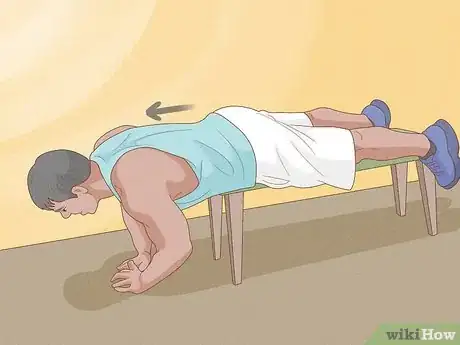
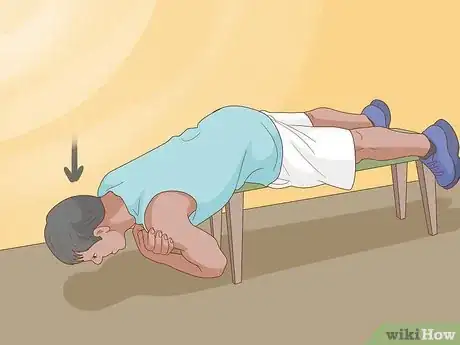
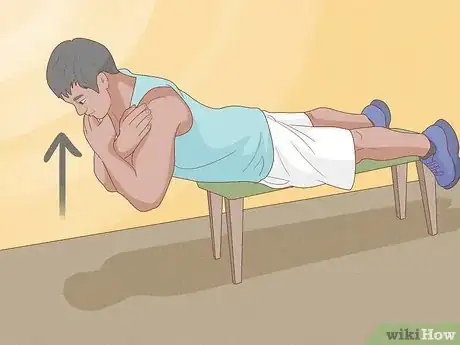
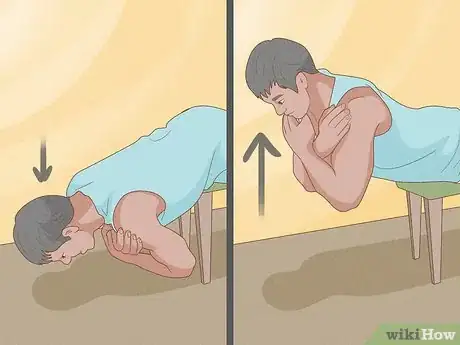
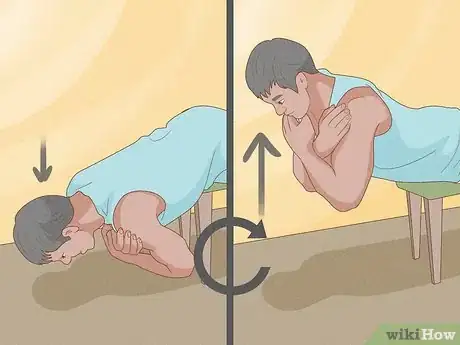
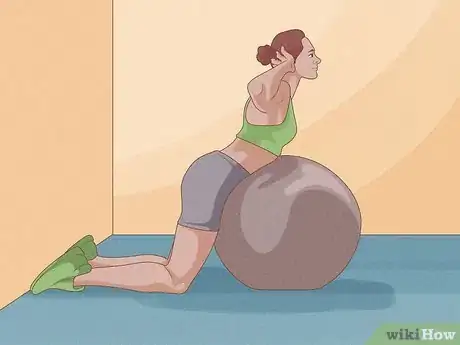

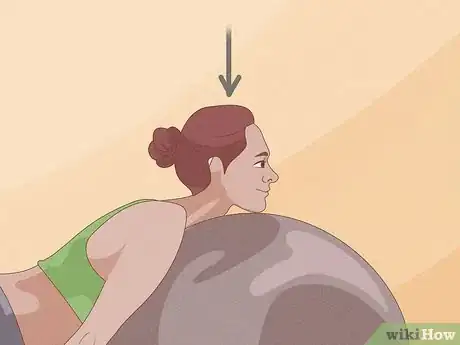
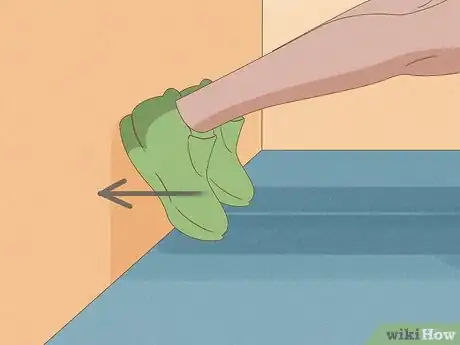
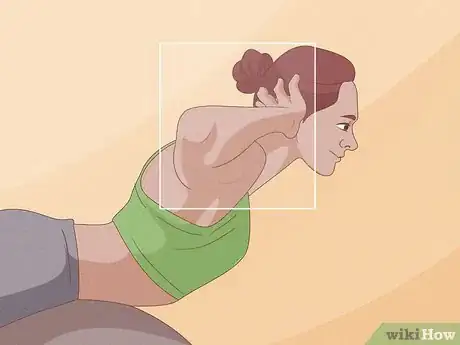
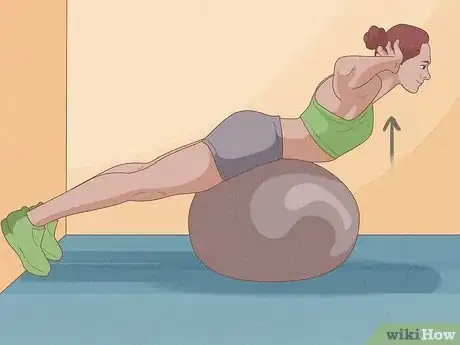
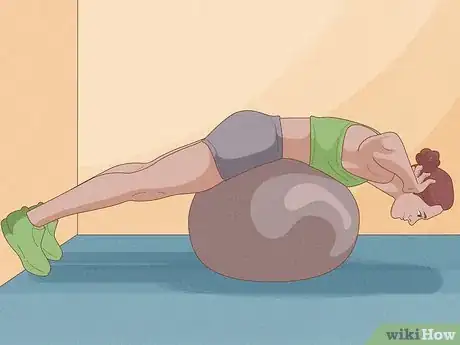
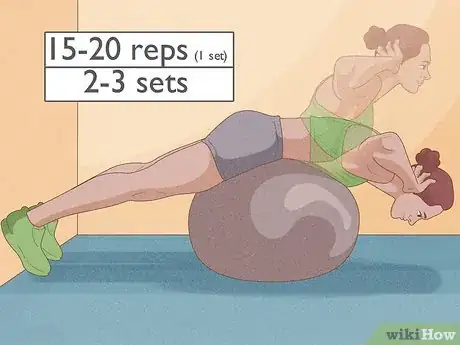


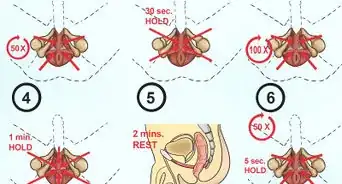

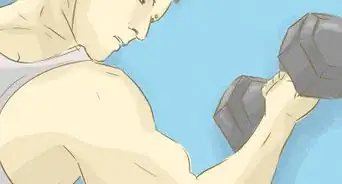
-Step-24.webp)

